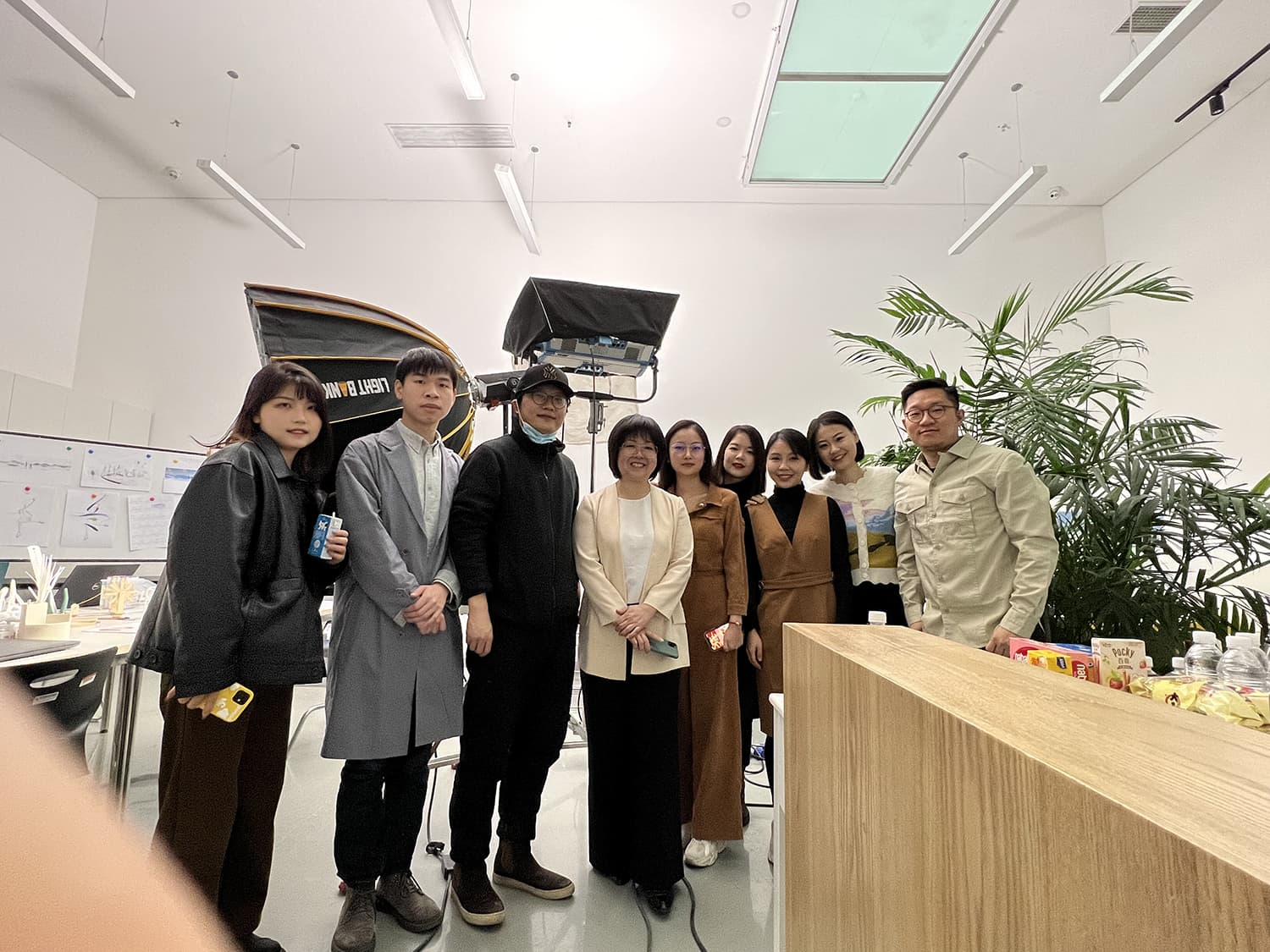Video Projection Show for the 2022 Beijing Winter Olympics
Fusing sport, art, and technology, this projection mapping show was powered by 3DAT intelligent analysis for the Figure Skating Gala.
Fusing sport, art, and technology, this projection mapping show was powered by 3DAT intelligent analysis for the Figure Skating Gala.
The Video Projection Show was a featured segment of the 2022 Beijing Winter Olympics Figure Skating Gala, broadcast live from the Capital Indoor Stadium on February 20, 2022. The 75-second program used an international audio-visual language to express the rich connotations of figure skating—a blend of sport, art, culture, and technology. Supported by 3DAT intelligent analysis, the show captured the beauty of movement, the power of technology, and the charm of culture, earning coverage from media outlets like China News Service.
As a core creative team member, I contributed to the initial brainstorming, script concepts, and graphic design. My artistic interpretation of 3DAT technology principles was adopted as a key creative source for the final projection show.
As a member of the information visualization team, I collaborated with the THUVIS group at Tsinghua's School of Software to explore how AI and visual analytics could be integrated into the design. My responsibilities included designing the figure skating trajectory visualizations and the UI/UX for the visual analytics system.

Overview
By leveraging visual analytics and 3DAT technology, we translated real-time athlete performance data into a stunning visual showcase. Developed in collaboration with the THUVIS group at Tsinghua University, this concept reimagined how audiences experience figure skating. By combining these technologies, we could transform complex technical data—such as move types, rotation counts, and difficulty scores—and subjective judging into an intuitive, real-time visualization powered by data-driven and knowledge-driven AI.


Overview
The MLaaS visual analytics platform, developed by the THUVIS group, integrates data-driven and knowledge-driven AI to help our creative team generate and rapidly filter figure skating sequences for video production. This tool served as a key source of inspiration and reference, accelerating the creative process. I was responsible for the platform's information architecture and interaction design.
How could we use a universal audio-visual language to create a technologically enhanced projection show that captured the essence of figure skating—a blend of sport, art, culture, and technology?


I researched the fundamentals of figure skating—including move categories, technical elements, and scoring—to build a theoretical foundation for the visual analytics design.

I surveyed existing work in motion trajectory visualization on platforms like Behance to understand current trends and gather inspiration.

Beyond art, sports data analytics is a growing field. For example, Baidu Smart Cloud developed China's first "3D+AI" diving training system for the Olympics.






This series integrated the paths of skaters' movements with the Winter Olympics logo and elements of Chinese calligraphy.




This illustration series merged figure skating movements with traditional Chinese "blue-green landscape" painting.



This series combined skaters' trajectories with visual elements derived from 3DAT technology.
This concept aimed to promote public participation in winter sports by allowing users to map their faces onto skaters' bodies.
After three collaborative sessions with the THUVIS group, we defined a clear vision: to make the invisible visible. We decided to translate complex technical and scoring data into an intuitive, real-time visualization, making the sport more accessible and engaging for a broad audience through the power of AI.



We used Cinema 4D to create artistic visualizations of skaters' trajectories from 3DAT motion data provided by Intel.

Building on our research framework, we analyzed performance data and overlaid it onto the trajectory visualizations.

The final concept was integrated into the show's script and presented across two key visual sequences.
Our discussions with the THUVIS group revealed another application for our technology: a tool to accelerate the creative process. We designed an MLaaS platform that used AI to help the creative team generate and rapidly filter skating sequences, freeing them to focus on high-level artistic decisions.


The initial design included a trajectory overview and a comparison module with a 2D skeletal representation. Trajectories for the wrists and ankles were visualized with distinct colors.

The final version added a move-type filter, side-by-side and overlapping comparison views, and playback controls. It also featured realistic athlete models at keyframes, with the option to toggle skeletal overlays. All joint trajectories were distinguished by color for clarity.
 Core Creative Team Photo
Core Creative Team Photo

